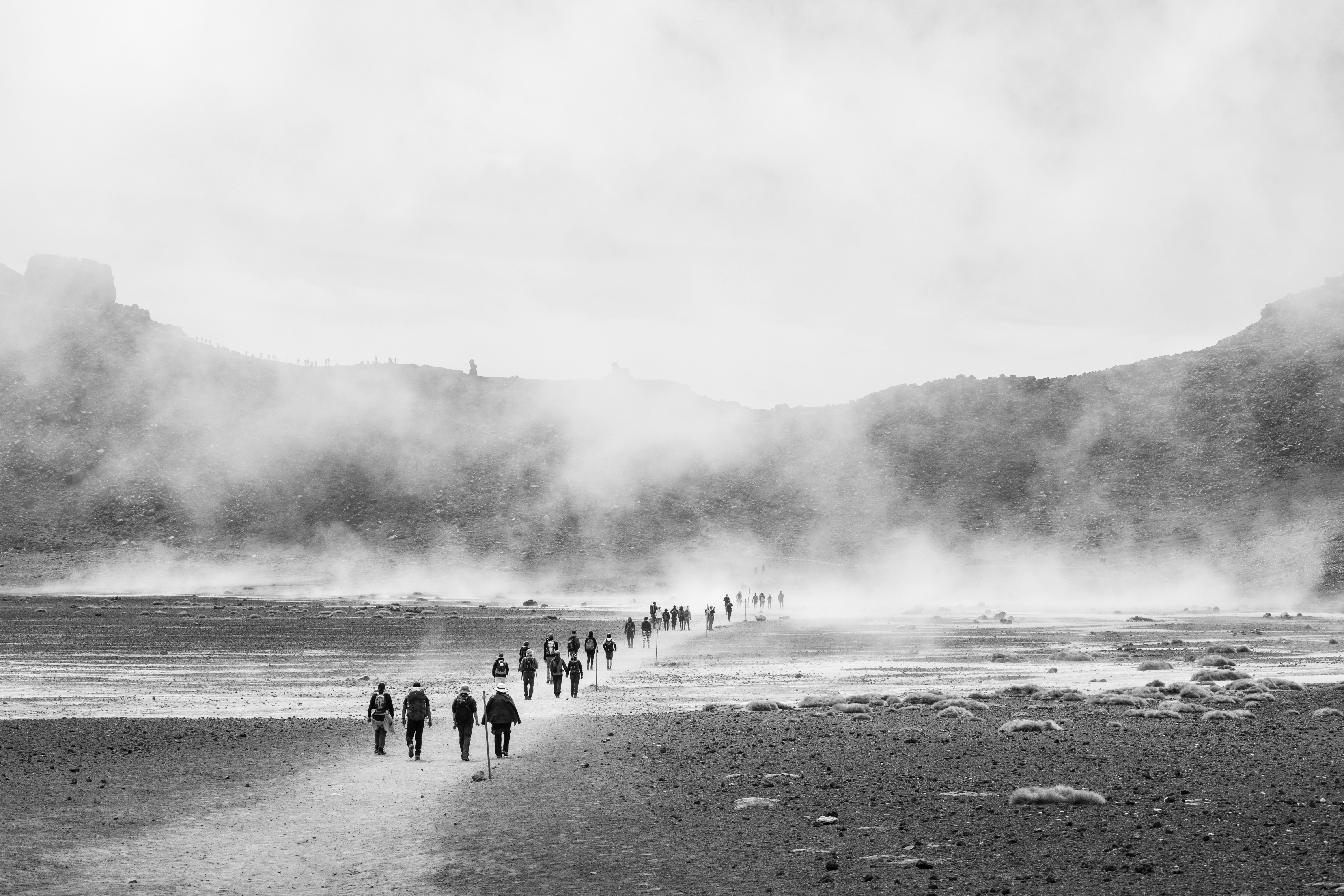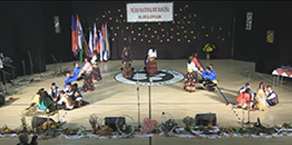Focus ROMI.HR
/It is thought that the Roma migration took place on different dates and directions, and these migrations included 3 main groups - Dom, Lom, Rom. Many studies suggest that these migrations took place on different dates between the 5th and 15th centuries. Apparently, historians and researchers have come to different conclusions due to the lack of historical facts.
It is thought that the Roma migration took place on different dates and directions, and these migrations included 3 main groups - Dom, Lom, Rom. Many studies suggest that these migrations took place on different dates between the 5th and 15th centuries. Professor of Linguistics and a leading specialist in the field of Romani language Hristo Kyuchukov (Husein Selimov) emphasizes that Roma people were forcibly taken to the Middle East by the Arabs between 642 and 900, and then migrated to Byzantium through Iran. According to Professor Ismail Altinöz, the Roma came to Europe via Eastern Europe in the 14th-15th centuries.
Even today, different opinions about the Roma migration from India maintain their relevance. Some authors claim that the Loms separated from the Doms and Roms centuries before, and others later. Some authors doubted the connection of Dom, Lom and Rom in general. According to Yaron Matras, linguist specializing in Romani and other languages, the differences between the Dom and the Roma arose before they left India.
According to the British anthropologist Judith Okely, the reason for these disagreements was that Roma did not have a writing tradition and Roman history was written by non-Roma. This, of course, would lead to the generation of inaccurate information.
According to linguist, Romani scholar Ian Hancock, the reason that forced the Romani to migrate was Mahmud of Ghazni's enslavement of soldiers from India. He was Sultan of the Ghaznavid Empire, ruling from 998 to 1030. He also pointed out that the roots of Roma lie in the warrior caste called Rajput warriors. The Rajputs ("Sons of Kings") are an ancient warrior group that lived in present-day Rajasthan and participated in numerous wars of conquest in Asia. They were brought to Europe against their will and forced to work in metallurgy.
Looking at the history of Muslim invasions in India, Hancock suggests that Roma warriors left India in pursuit of their military rivals. Of course, there is no clear enough documentary evidence that Roma migrated from India. According to Yoran Matras, what led Hancock to this view was Pischel's (1883) comment that Roma might have left India to escape war and civil unrest, and De Goegen's (1903) theory of camp-followers captured by the Byzantines at Ain-Zarba. According to Kirova and Prochner's research these warriors left India in the 11th century and followed centuries of bloody battles and invasions in present-day Afghanistan, mainly led by the Ghaznavid Empire.
Donald Kenrick has explored the reasons that forced the Romans to migrate rather than the history of migrations. Therefore, the reasons for these migrations were the confusion, war, famine and the decisions of some kings in northwest India.
Anatolia was one of the stops of the Roma groups that left India. Although some of the Roma saw Anatolia as a passage, some chose this place as their place of residence. According to Elena Marushiakova, Roma, which came to Anatolia, moved to Istanbul during the Byzantine period, and from there to European countries.
Apparently, historians and researchers have come to different conclusions due to the lack of historical facts.
 Back to Focus
Back to Focus













